Search Results for Tag: animal
Dendrogramma, a #speciesoftheweek that could rewrite the tree of animal evolution
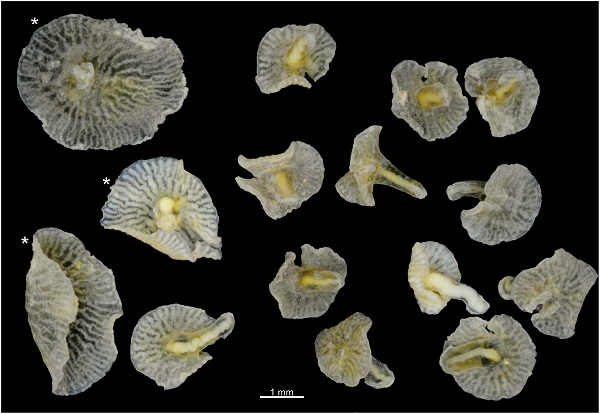
Dendrogramma by Jorgen Olesen, Figure 1. Dendrogramma gen. nov., doi:10.1371/journal.pone.0102976.g001
Almost 30 years ago, Biologist Jean Just and his colleagues took samples from the deep sea close to Australia. They used some kind of a wire-mesh cage, dragged by a rope on a ship, to skim the top layer of soil from the ocean floor at 400 and 1000 meter depth. These cages dug out and carried away everything that could not escape fast enough. Among the findings were mushroom-shaped organisms. And in 1986 the scientists had no clue what they had brought to their lab.
So the just a few millimeter sized creatures went the way of all still to be classified findings – and there had been a lot in the cages – it was conserved in the best possible way, in alcohol. Unfortunately, this conservation method is not approriate for any moleculobiological analysis after such a long time, to determine the species’ origin. But it was obvious to the researchers, that even though the organisms shares some of it’s features with comb jellies and Cnidaria it does not belong to either one of them. The species, they named Dendrogramma during the process, does neither feature stinging cells or tentacles (as Cnidaria) nor the typical sensory organs of comb jellies.
Now they know that they had discovered something very special, a new genus: Dendrogramma. And on top of that with two new species named Dendrogramma enigmatica and Dendrogramma discoides.
What does this discovery mean for the family tree of the animal species?
Having found animals that can not be classified to any existing animal group could help to get a clearer view on the evolution of animal kingdom at all. The National Geographic quotes Leonid Moroz, a neurobiologist at the University of Florida: If the new species turn out to be descendants of early animals, the find could “completely reshape the tree of life, and even our understanding of how animals evolved, how neurosystems evolved, how different tissues evolved.” An he adds: “It can rewrite whole textbooks in zoology.”
The research has only just begun.
Unraveling a ‘big cat’ DNA mystery
It has all the makings of a historical thriller – scientists in the UK have used the ancient skulls of Barbary lions preserved in the Tower of London to piece together the origin of modern-day big cats. And, they’ve hit upon a vital clue in India which could help resurrect the extinct and majestic Barbary lion of North Africa. First off, what exactly is a Barbary lion? Once found in huge numbers across North Africa, extending from Egypt to Morocco, it had the most spectacular physical features of all lion species. That included an extensive mane, larger body and a more pointed crown and narrow muzzle. Also called the “Atlas lion,” it was reported to have different colored eyes to other lions. Scientists are divided over when and if Barbary lions really went extinct.
The last record of a Barbary lion is an animal shot in Morocco in 1927, though there is circumstantial evidence that Barbary lions may have survived in the wild in the Atlas Mountains till 1942. European zoos have also tended to claim that they have a Barbary lion or two but experts remain skeptical.
Now, a team led by Ross Barnett of Durham University, UK, has discovered that the majestic animal has close genetic links to the Asiatic lions that live in India. (Less than 400 Asiatic lions survive at present on the Kathiawar Peninsula of India and the species is listed as endangered by the International Union for the Conservation of Nature.)
Barnett’s team came to that conclusion after scientists sequenced mitochondrial DNA from museum-held specimens and from Barbary lion skulls discovered preserved in the Tower of London’s moat and believed to date back to the 14th and 15th century. The study was published in the journal BMC Evolutionary Biology. Barnett said he was surprised by the incredibly close relationship between the extinct Barbary lion from North Africa and the Asiatic lion from India. This, he said, could now get conservationists talking about resurrecting the subspecies and reintroducing lions into North Africa. “This has implications for any future attempts to reintroduce lions into North Africa,” Barnett said. “They could probably be re-seeded with Indian lions.” The researchers compared their findings with genetic sequences drawn from other lions living in Asia and across Africa to work out different subspecies of lion evolved. Their work shows that the single species of modern lions’ most recent common ancestor lived around 124,000 years ago.
The Global Ideas “Top 5” of living fossils
1. The Horseshoe Crab
They are named after their look. The Horseshoe crab is a marine arthropod that lives in shallow ocean waters, gliding through the sandy surface. They also can be found on the shore. And Horseshoe crabs are considered to be living fossils. The oldest proven members of these crabs family were dated back to the late Ordovician period, about 450 million years ago.
2. The Ginkgo
Not only species of the sea can be living fossils. The Ginkgo tree is unique. It has no known close living relatives. The tree has it‘s origin in China and is widely used for traditional medicine and as a source of food. The first fossils have been dated back 270 million years.
3. The Purble Frog
The ancestors of the living fossil bounced around the dinosaurs legs. When it was discovered back in 2003, the researchers described the Purple frog as a “bloated doughnut with stubby legs and a pointy snout.” That‘s not exactly nice but the truth. To make things even more odd, it‘s cry reminds very much the one of a chicken. The frogs evolved about 130 million years ago.
4. The Hoatzin
Let‘s have a look at birds. This one is also a living fossil, linked closely to a fossil found in 2011 in Nambia that was dated 23 million years ago. Today‘s Hoatzin live at swamps or seas and deep in the Amazon rainforest. Although the bird is able to fly, it‘s a far more better swimmer and diver. Scientists a long time thought that they had found a close relative to the Archaeopteryx, because the hoatzin‘s young birds develop claws to climb up trees, a tool that also the Archaeopteryx used.
5. The Aardvark
Finally we take a look at the aardvark. It is a pig-sized nocturnal mammal from Africa. The name aardvark has it‘s origin in the Afrikaans language (erdvark) which can be translated as “earth pig”. But it‘s also known the “African antbear”. One of it‘s closest living relatives is the elephant shrew, another funny looking living fossil. The earliest proven relative of the aardvark have been dated to 5 million years.
Mapping the world’s plant and animal life
 This can become one of the most interesting projects for people who are interested in nature, biodiversity and, of course, the impact climate change on our environment. A team of researchers from Yale and the University Colorado at Boulder have an unbelievable idea. Their plan is to map the distribution of all plant and animal life on earth. This May they have started a demo-version of their Web-based “Map of Life“.
This can become one of the most interesting projects for people who are interested in nature, biodiversity and, of course, the impact climate change on our environment. A team of researchers from Yale and the University Colorado at Boulder have an unbelievable idea. Their plan is to map the distribution of all plant and animal life on earth. This May they have started a demo-version of their Web-based “Map of Life“.
The google maps based tool will be growing constantly, the researchers say. Right now it presents over 25,000 different species of terrestrial vertebrates and North American freshwater fish. But even in this state of being the idea comes crystal clear where this map is going to be within the next months. “Map of Life” uses data from field guides, museums, citizen scientists and groups like the Global Biodiversity Information Facility, the International Union for the Conservation of Nature and the World Wildlife Fund.
Right now it’s possible for the users to search by species, viewing a map of all known distributions, or to view a list of all species records in a specific range of any spot on the map.
The developers also provide a blog to inform about the newest developments on the map.




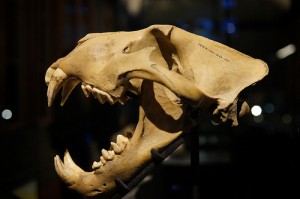
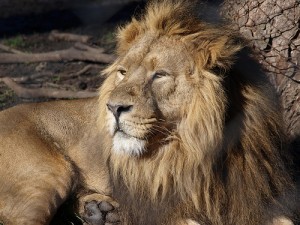
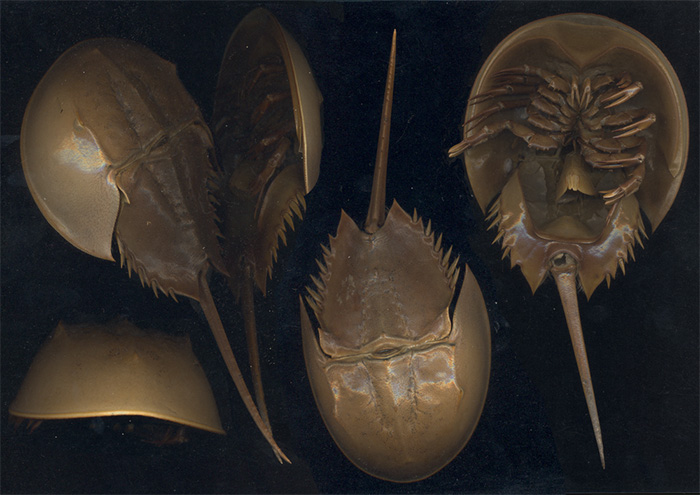
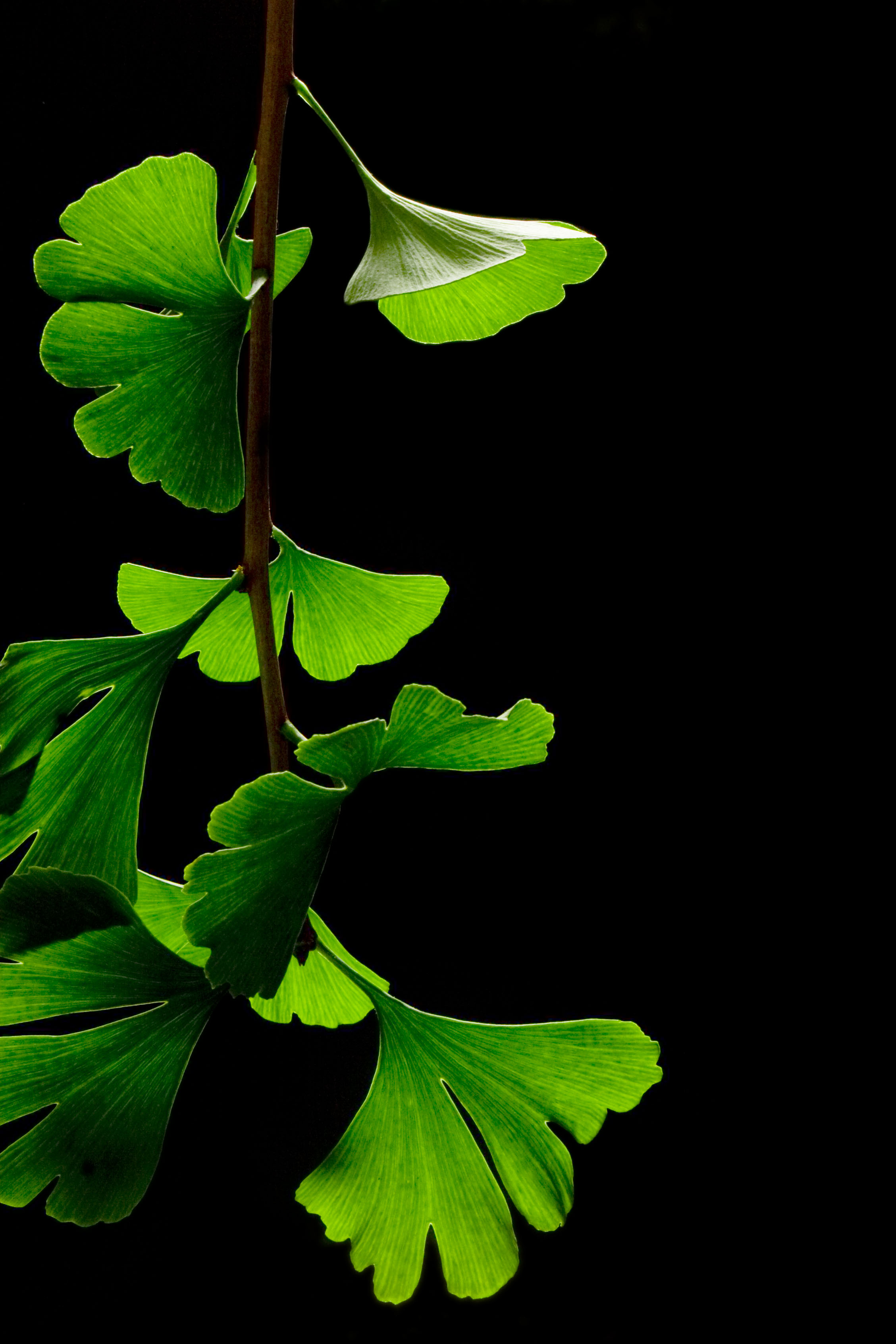


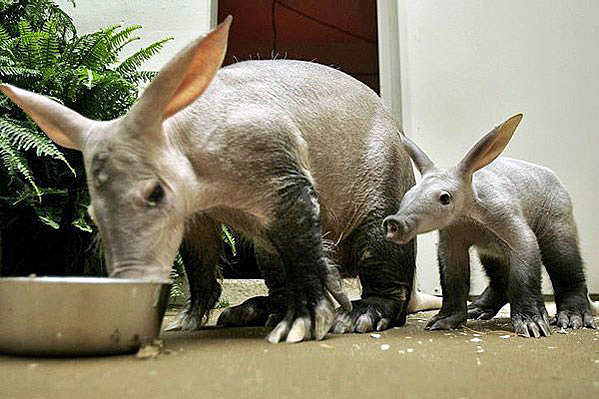
Feedback